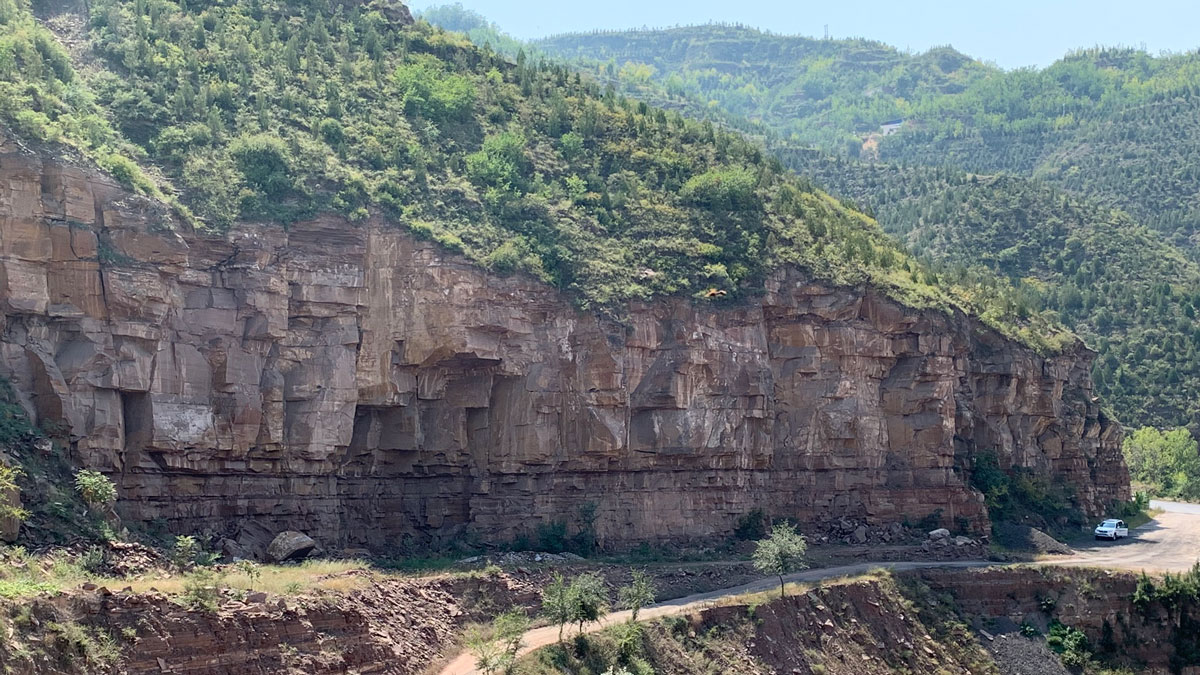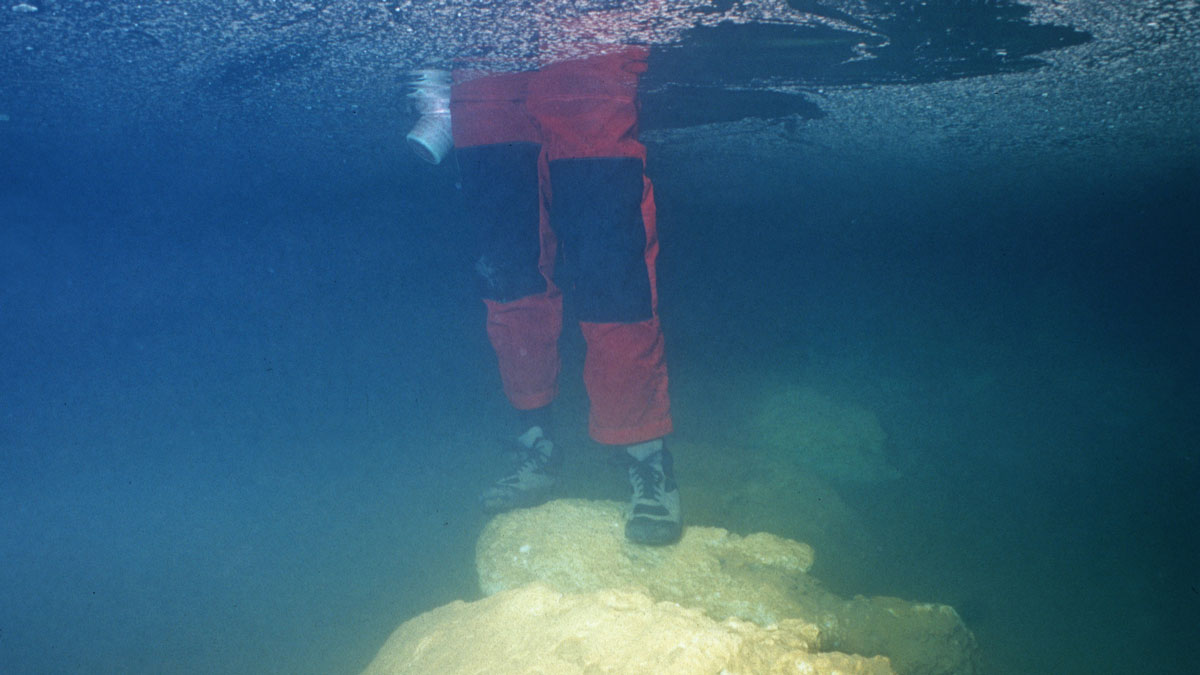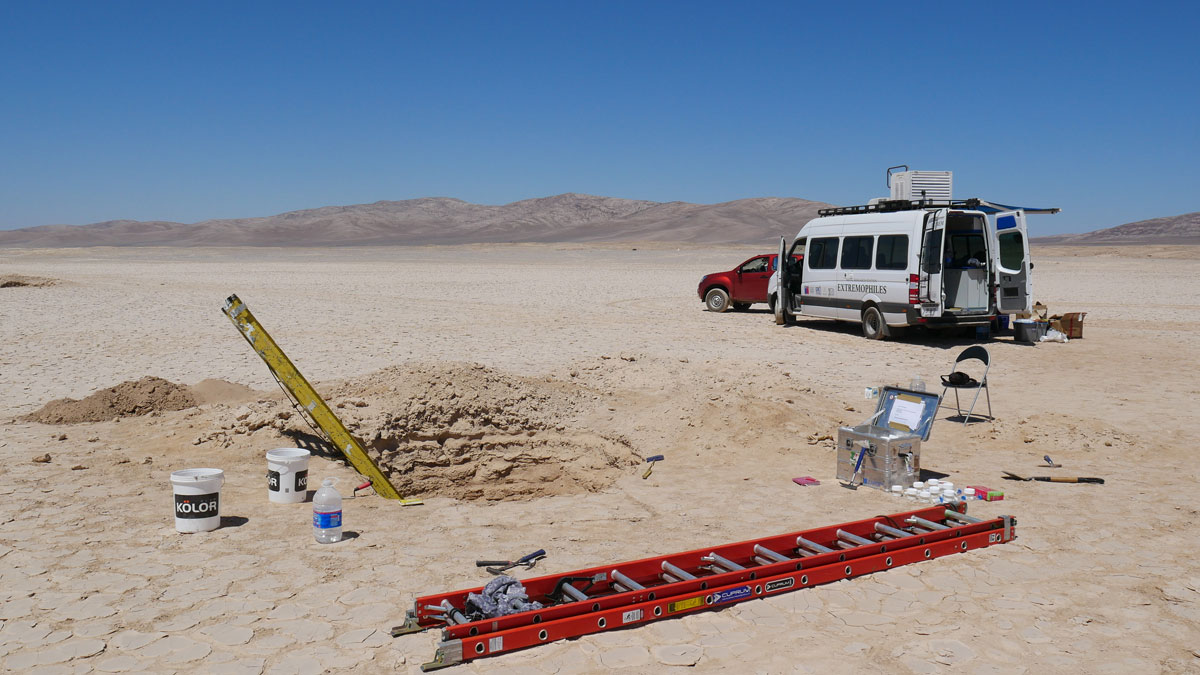By studying hydrogen-rich vent sites on Earth, scientists could learn more about the hidden ocean of Saturn’s icy moon—one of our solar system’s likeliest candidates for harboring life beyond Earth.
proxies
Bat Poop Records Fire History
Charcoal stored in preserved guano gives researchers a new way to reconstruct regional fire histories.
Mega El Niño May Have Led to Major Mass Extinction 252 Million Years Ago
The extreme climate conditions wrought by a decades-long ENSO pattern could be the culprit in the Great Dying, which wiped out nearly 90% of life on Earth.
Underwater Bridge Suggests a Surprising Date for First Migration to Mallorca
A controversial study suggests that humans settled on the Spanish island 1,000 years earlier than archaeologists believe.
Ancient Pines Could Reveal the Heat of Thousands of Past Seasons
A novel 3D CT scan approach unlocks temperature records preserved in the gnarled wood of bristlecone pines.
Researchers Find Bacterial Communities Deep Beneath the Atacama
Extremophile microbes exist in the gypsum-rich “fringes” of the driest place on Earth.
The Crocodile Dundee Site Helping Rewrite the History of Australian Bushfires
A lake made famous by Hollywood has yielded powerful new evidence that humans have conducted controlled burns on the Red Continent for tens of thousands of years.
Hiroshima Fallout May Offer a Glimpse of the Early Solar System
Bits of glass called Hiroshimaites may have formed by processes similar to those that formed the Sun and the planets.










